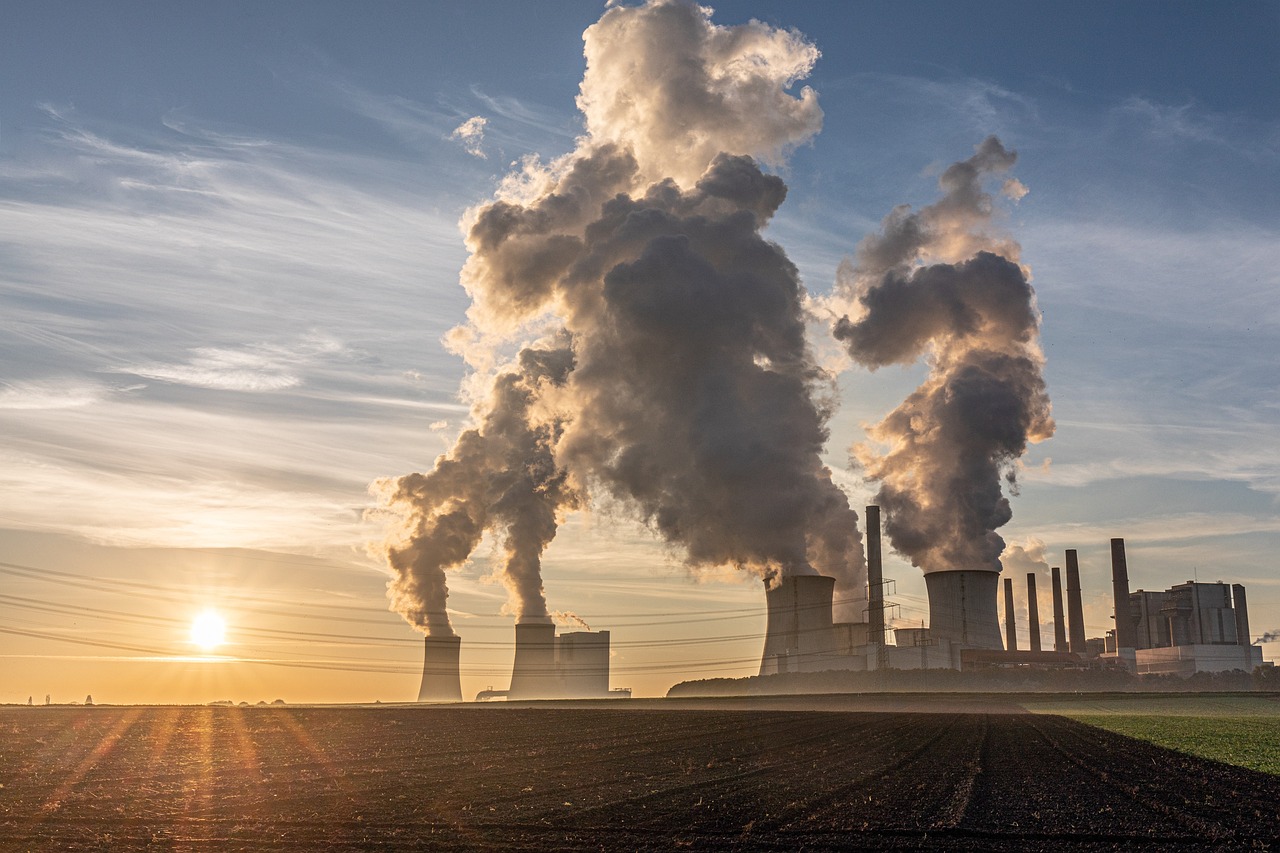The problem of atmospheric air pollution in cities is very multifaceted. It affects both the problem of population morbidity, and the problem of negative impact on flora and fauna, and in general the problem of deterioration of the ecological situation in cities.
This problem is one of the most important in cities. This is due to the fact that increasing air pollution has a negative impact not only on animals and plants, but also on humans.
Air, despite its implicit visibility, plays a key role in sustaining life on Earth. However, air pollution affects human health, ecosystems and climate, posing serious challenges to modern society.
Origins of Air Pollution
Air pollution has different origins. It can be natural and anthropogenic.
- Natural air pollution is natural, i.e. it is caused by natural processes. It can be, for example, the activity of volcanoes, weathering of rocks, etc.
- Anthropogenic atmospheric pollution is associated with human activity – with emissions of various pollutants. Naturally, anthropogenic pollution is much greater in scale than natural atmospheric pollution.
Anthropogenic pollution can be of different types: local, regional and global.
- Local pollution is characterized by increased content of pollutants in some small areas. It can be, for example, a city.
- Regional pollution, in turn, is characterized by a larger area than local pollution, but does not affect the entire planet.
- Global pollution is associated with changes in the atmospheric air as a whole. It leads to environmental changes on a planetary scale.
In addition, atmospheric pollution can also be classified by aggregate state. It is by aggregate state that pollutant emissions into the atmospheric air can be gaseous, liquid and solid. Gaseous emissions of pollutants into the atmosphere include sulfur dioxide, hydrocarbons, nitrogen oxides and others. Liquid emissions of pollutants into the air include acids, salt solutions and other substances. Solid pollutants include lead, soot, carcinogens and other substances.
Causes of Air Pollution in Urban Environments
Air pollution in urban environments is caused by many factors that complement each other. Thus, they create serious problems for the environment and public health. Here are the main causes of urban air pollution:
Motor vehicles
Automobiles, trucks, motorcycles and other internal combustion vehicles (gasoline or diesel powered engines) are among the major sources of urban air pollution. They emit various harmful substances such as nitrogen oxides (NOx), hydrocarbons (HC), carbon monoxide (CO) and particulate matter (PM) that form atmospheric smog.
Industry
Factories, mills and other industrial plants release large amounts of toxic substances including chemicals, gasses and particles into the atmosphere. This leads to the formation of industrial smog, which can be especially severe in areas with high industrial activity.
Home stoves and fireplaces
Using solid fuels such as wood, coal, and wood waste to heat homes during the winter is a common practice in many cities. This process releases hazardous substances such as sulfur dioxide (SO2), particulate matter, and other harmful compounds.
Power plants
Thermal power plants, especially those that run on fossil fuels, are significant sources of air pollution. They emit huge amounts of greenhouse gasses such as carbon dioxide (CO2) and sulfur dioxide (SO2) into the atmosphere, which increase the greenhouse gas effect and affect the climate.
Construction and Demolition
Construction sites can be sources of temporary air pollution due to dust, particles and chemicals used in construction processes and building dismantling.
Waste disposal
Poorly organized or uncontrolled waste disposal results in the release of harmful gasses and particles that pollute the atmosphere. Incineration of waste in landfills or in the open air results in the emission of harmful gasses and particles that pollute the atmosphere.
Meteorological conditions
For certain causes, air pollution can be exacerbated by meteorological conditions. For example, a reverse cold front can trap pollutants in the low atmosphere. This leads to increased concentrations of pollutants at ground level.
Solutions to the problem of air pollution in the urban environment
Solving the problem of air pollution in urban environments requires a comprehensive approach and joint efforts by government agencies, the public and industry. Each city has its own unique characteristics and challenges regarding air pollution. Therefore, effective solutions must be tailored to the specific situation. Nevertheless, combined efforts to reduce emissions will help to create a clean and healthy urban environment for the population and future generations.
Developing public transportation
City governments should wildly invest in the development of public transportation, such as subways, streetcars, buses, and trains. Creating a network of convenient and accessible public transportation routes will encourage more people to use it. This will lower the amount of private cars on the road.
Encourage the use of environmentally friendly cars
Governments should provide subsidies and tax breaks for the purchase and usage of environmentally friendly vehicles such as electric and hybrid cars. It is also critical to establish electric vehicle charging infrastructure.
Implement regulations and standards
Vehicle and industrial emissions regulations and standards must be tightened. This could involve regulating nitrogen oxide and particulate matter emissions, as well as implementing sophisticated cleaning systems in industrial units.
Reducing energy consumption
Energy-saving technologies and efficient energy use will help minimize greenhouse gas emissions and air pollution from power plants.
Improvement of waste management system
Modern recycling and trash management strategies will aid in the reduction of harmful emissions linked with improper waste management. State governments should also promote recycling and trash management.
Promotion of renewable energy
It is critical to develop and encourage renewable energy sources such as solar and wind energy. This will aid in reducing reliance on fossil fuels and greenhouse gas emissions.
Designing smart cities
Smart cities use cutting-edge technology to improve transportation, energy efficiency, and resource management. Their development has the potential to drastically reduce air pollution while also improving the quality of life for city people.
Education and public awareness
Conducting educational programs and information campaigns on air pollution issues and the need of addressing them will serve to enhance public awareness and inspire active citizen participation in problem solving.
